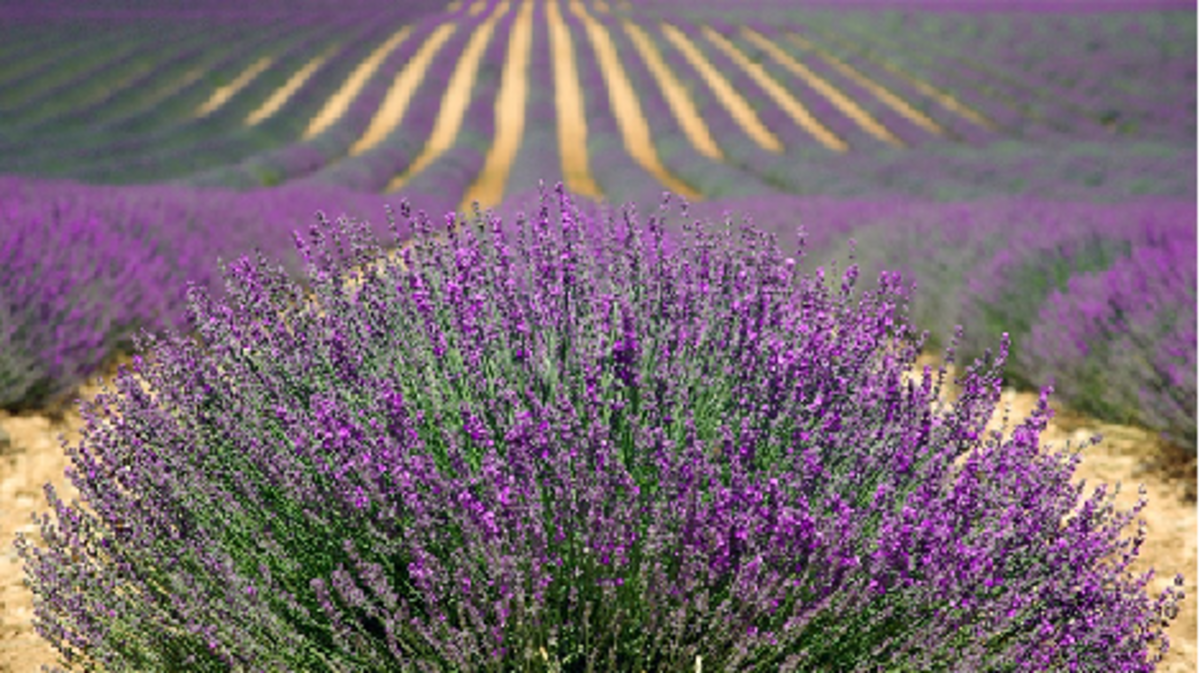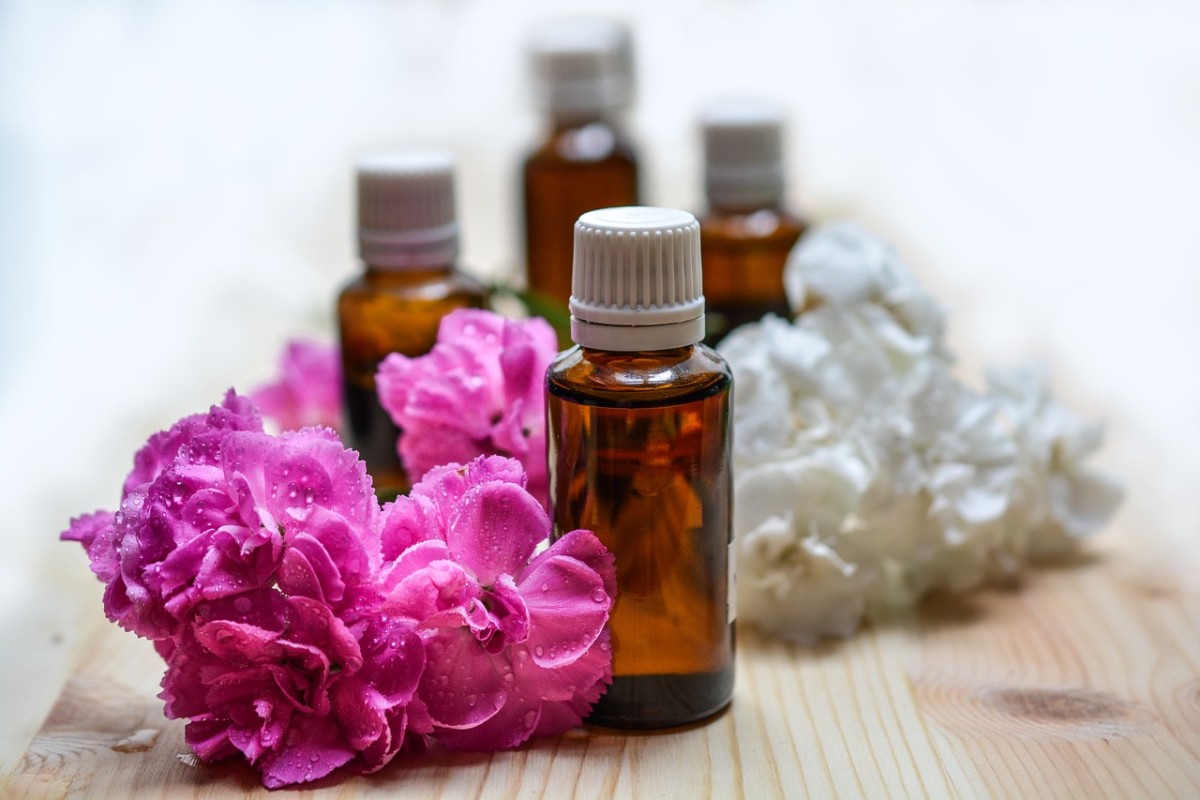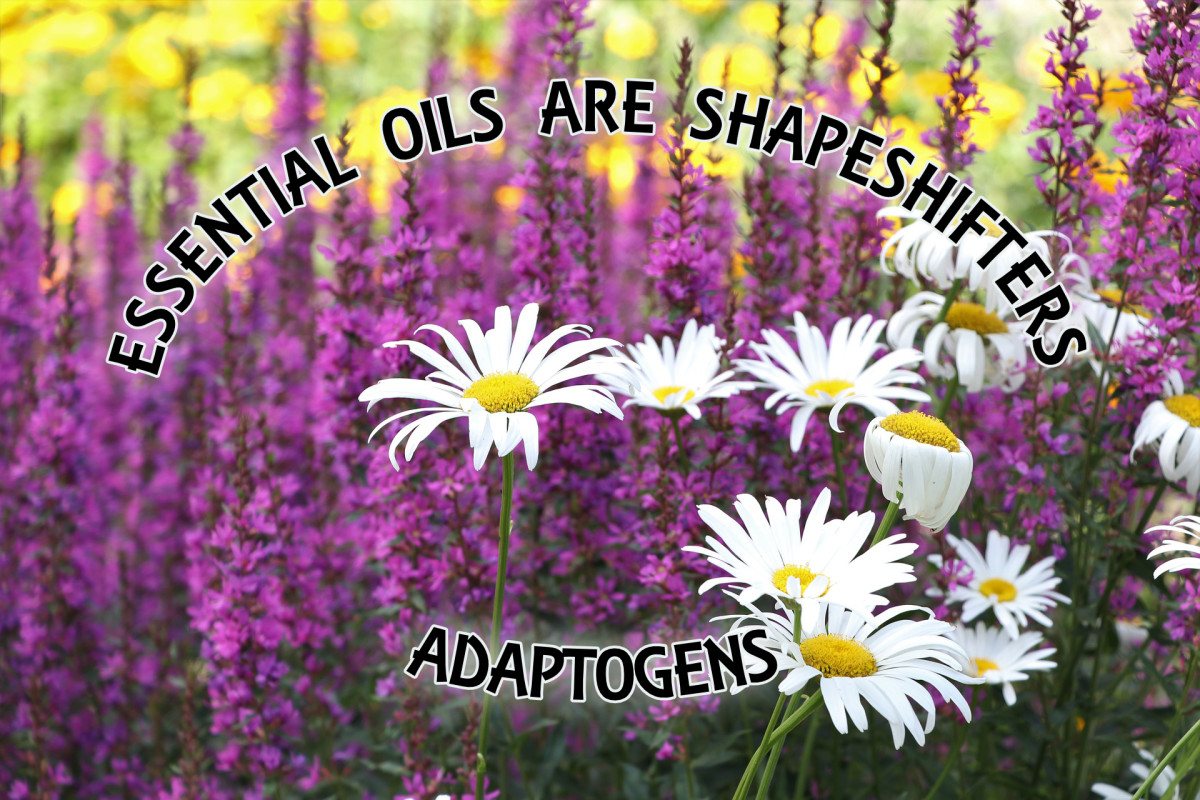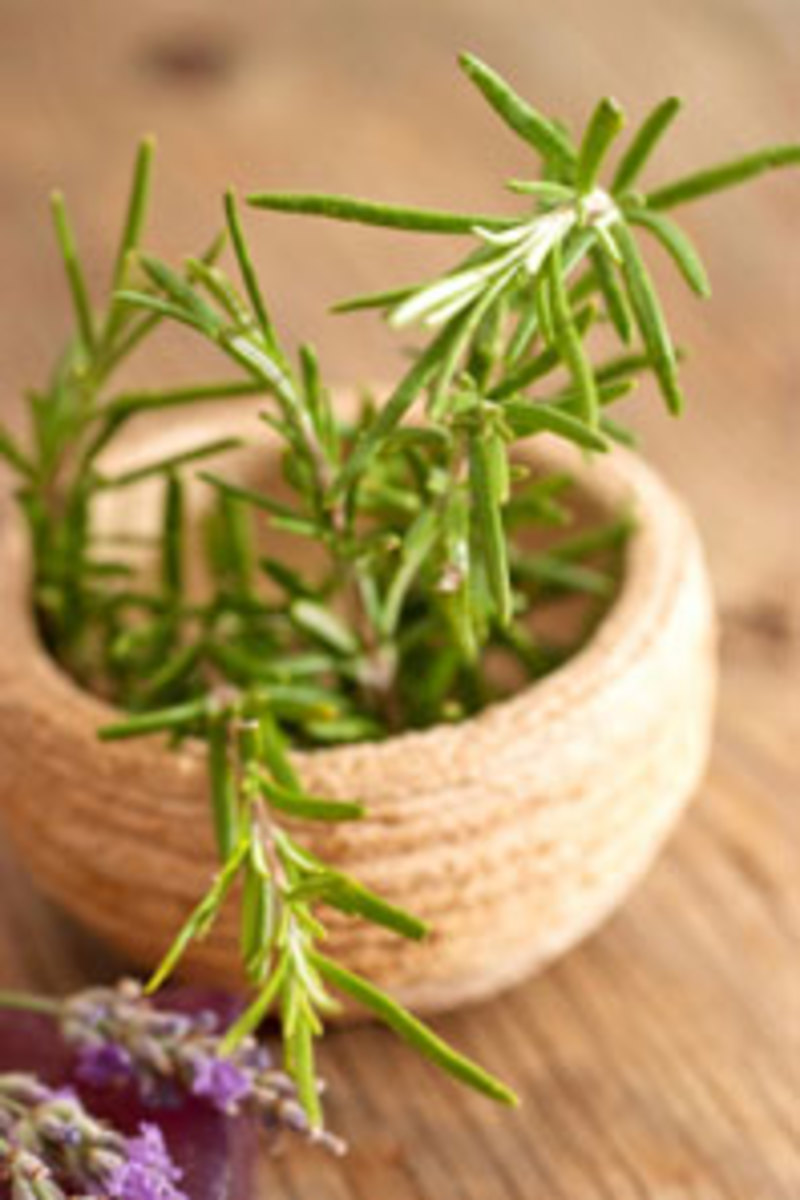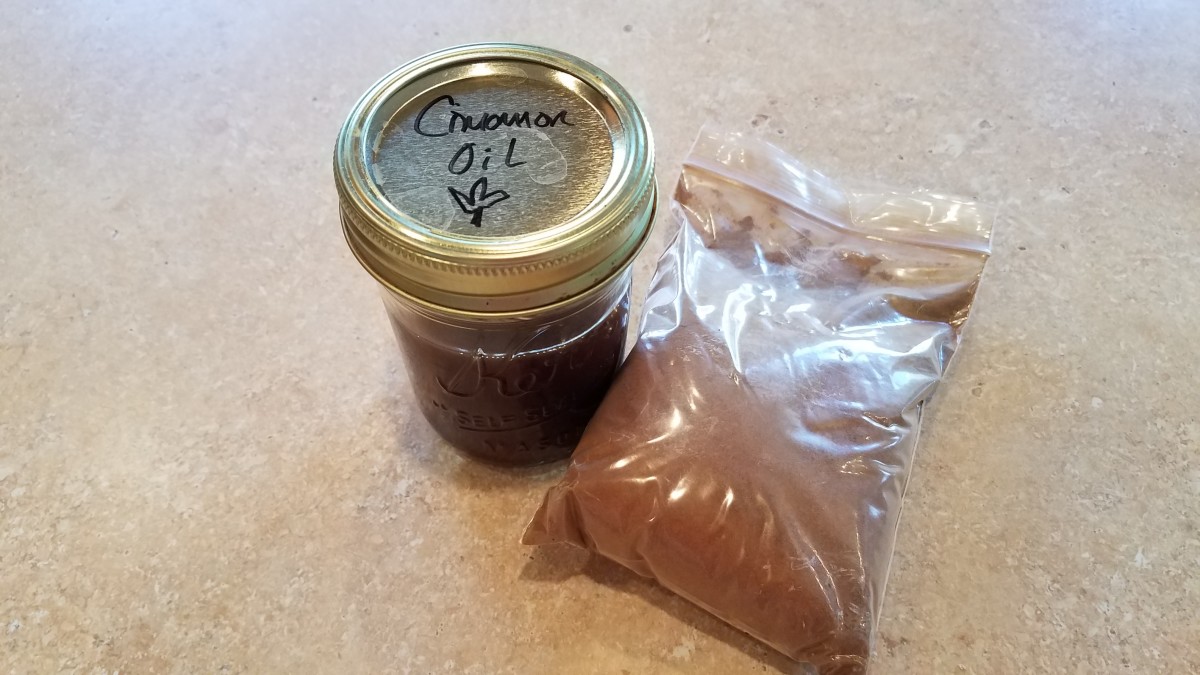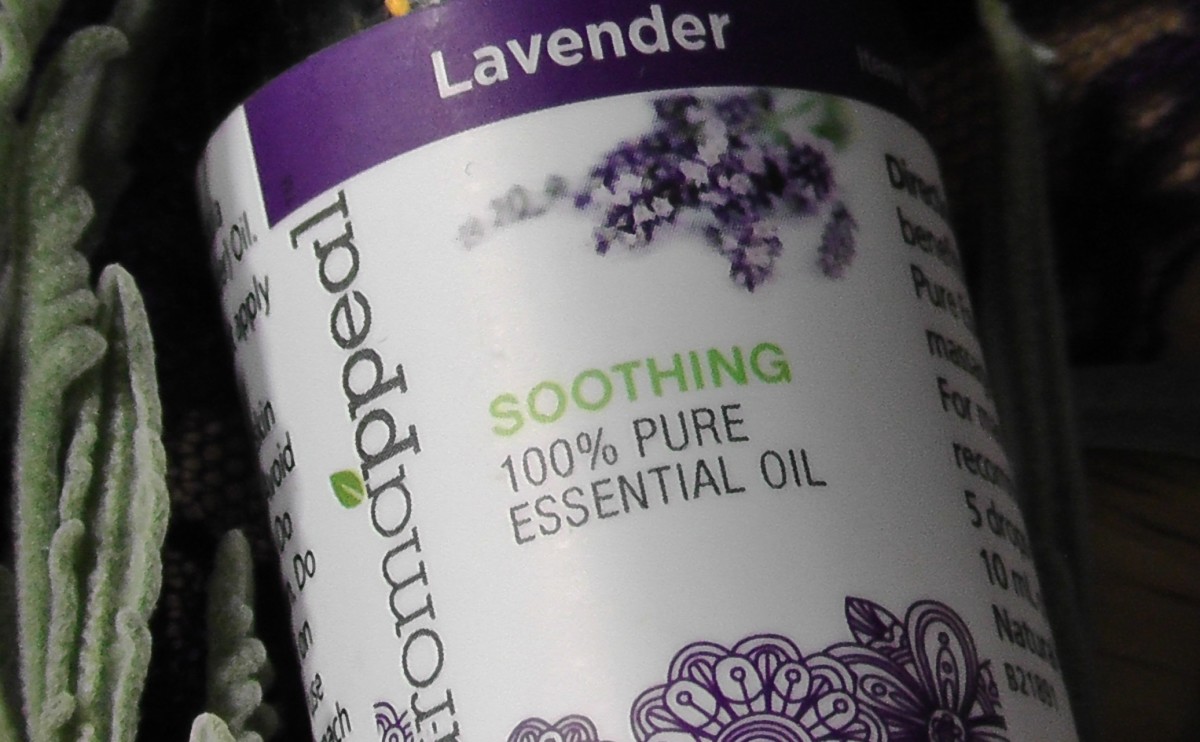How To: Make Soaps With Essential Oils
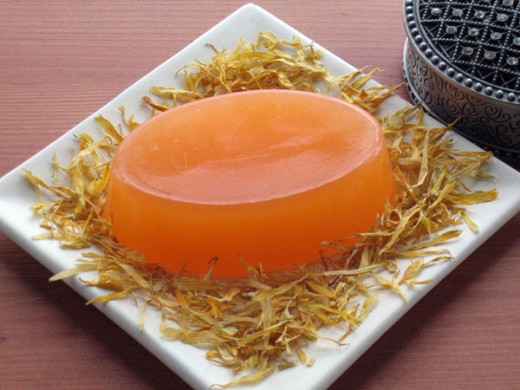
Getting Started
Aromatherapy candles, or scented candles as they are more commonly known as, are widespread in the market. It is used practically anywhere as long as anyone desired to experience a bit of relaxation in this modern world setup. They are used in offices and at home to soothe tired muscles and relieve mental or physical anxiety.
You might not realize it now but there are also soaps that use essential oil properties to provide optimum benefits to those who use it. Indeed, several manufactured products have turned to nature and its natural healing properties to enrich the benefits that can be experienced from using such products.
If you want to prepare your own essential oil soap to use for daily bath, it is very much possible. Outlined below are basic information you need to get started on making your own.
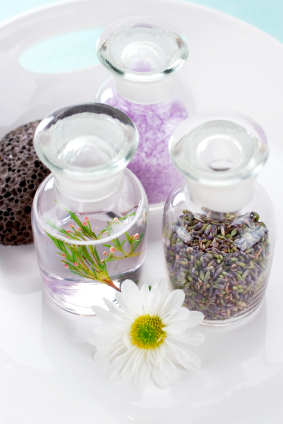
Nancy Today: Making soap Pt 2
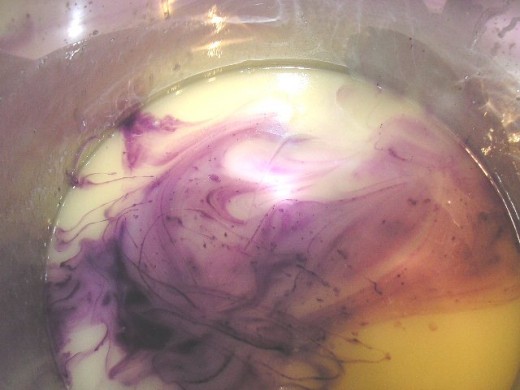
Materials You Need
There are only four basic items you need to prepare to make your homemade essential oil soap. They are as follows:
- Unscented glycerin soap – About four ounces of this soap should be enough or you can choose an opaque one. It is readily available in leading health shops or department stores for your convenience. It has to be unscented so as not to be in conflict with the scent produced by the essential oil you will use later on.
- Essential Oil – Later, your options of essential oils to use will be discussed. To prepare your own soap though, you will need only about 10-15 drops.
- Food coloring – Any color of your choice but you will need only a maximum of 3 drops.
- Mold – This one is also available in local stores with molds shaped like a soap bar.
Process of Essential Oil Soap Making
On to the actual process of making your essential oil soap. Here are the procedures:
- Glycerin soap acts as a natural moisturizer, which will serve as the base so you can add the essential oil components later on.
- Use a double broiler to melt the glycerin soap. Make sure that it reaches the right temperature and avoid overheating the soap.
- Once completely melted, you can pour into the melted soap the essential oil and food coloring.
- Mix it thoroughly before adding into the mold or tray.
- When it start to form bubbles, add rubbing alcohol into the tray. After that, let the mixture sit for at least 45 minutes.
- Store it for several more hours before you can starting using your essential oil soap.

What Oils To Use?
Now that you are aware of the process for making the essential oil soap, it is on to probably one of the biggest factors during your preparation – the essential oil to use. Each contain different properties that create different kind of effects on the body when used and absorbed by the skin.
To give you an idea, here are some of the essential oils that are commonly used as an ingredient in making soaps and other hygienic products.
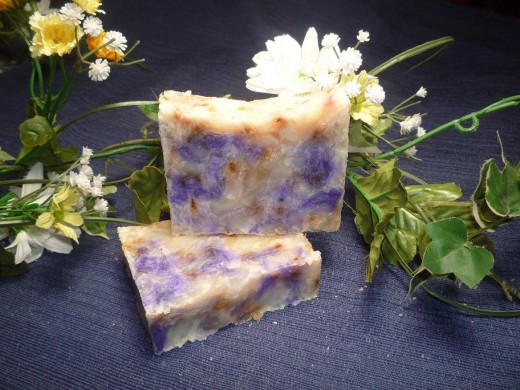
Lavroma Handmade Soaps and Body Care Products - Capitola
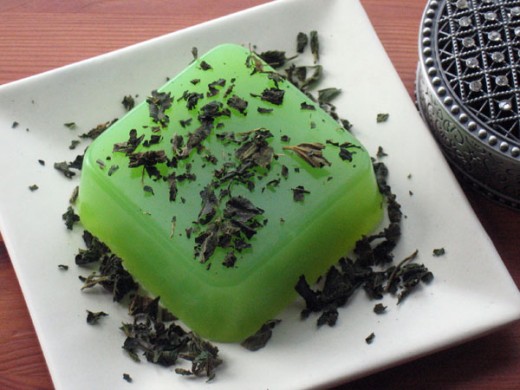
Lavender Oil
The combination of floral, woodsy, and herbal scent produced by lavender essential oil explains its wide use in aromatherapy even during way back ancient times. Since it is used directly on your skin, it helps that lavender is mild enough with its non-sensitizing and non-toxic properties to deliver only benefits without any side effects. When you are going to use lavender essential oil in making your aromatherapy soap, you can limit the dosage to about .5 to .7 ounces.
Rose Oil
Best known as an aphrodisiac essential oil, rose oil emits a sweet and delicate aroma that is sensual and inspiring at the same time. Rose oil is widely used as an ingredient in making perfumes, which makes it ideal for use in aromatherapy soap. If possible, try using pure rose essential oils as they produce a more distinctive and sweet floral scent as compared to adulterated essential oils.
Eucalyptus Oil
This type of oil is often associated for treatment of respiratory diseases due to its decongestant properties. However, its cooling and refreshing scent also makes it ideal for use in creating soaps. To produce maximum benefits, you can try blending eucalyptus oil with other types of subtle scents like lime, lavender, pine, bergamot, tea tree, thyme, among others.
When preparing your homemade aromatherapy soap, you will need between .3 to .5 ounces of eucalyptus oil for every pound of soap.
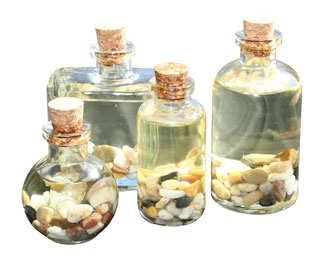
Oils You Must NOT Use
While you need to take time to consider the essential oil you want to use as an ingredient in making your aromatherapy soap, you also need to allot the same amount of consideration in determining the type of oil you need to avoid.
While natural oils are generally safe, some of them come at high levels of concentration that does not suit your skin. Hence, irritation and other adverse reactions are very much possible. To avoid that, you need to be aware of some of the toxic and irritating oils there are.
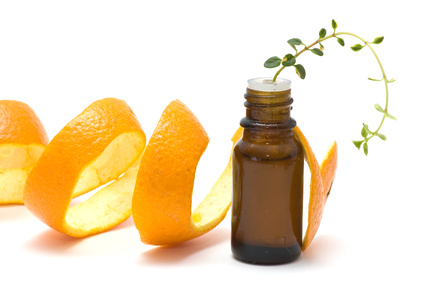
Process: Handmade Soap with BeyondThePicketFence
Nancy Today: straps and fragrances for soapmaking
Toxic Oils
Essential oils naturally contain chemical compounds that can be harmful when present in huge amounts or combined with other chemicals. Below are potentially toxic essential oils:
- orange
- verbena
- fennel
- bay laurel
- valerian
- nutmeg
- coriander
- cumin
- mandarin
- camphor
- hyssop
- tarragon
- sage
- parsley
Irritating Oils
When using the following essential oils, do take note of proper dosage since it can lead to skin irritation when used in large amounts:
- aniseed
- clove
- cajeput
- cinnamon
- turmeric
- thyme
- basil
- cassia
- garlic
- peppermint
- black pepper
- pine needle
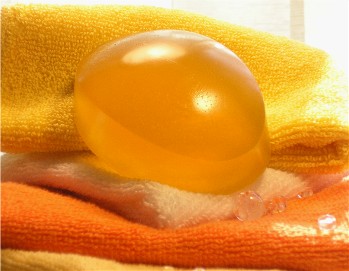
DIY Epsiode #4- Aromatherapy Hand Soap
Using Essential Oil Soaps
Using essential oils during bath is equally beneficial as any other methods of aromatherapy application. What makes essential oil soaps very convenient is that you can use it on a regular basis and using different methods of acquiring the healing essences of the essential oil to provide utmost health benefits.
You can use it as you would any regular kind of soap to enable the healing properties of essential oil to penetrate into your skin.
On the other hand, you can also utilize the aromatic essences released by the essential oil soap and place it anywhere in your bathroom. Thus, when you enter the room and inhale its scent, you can still experience its benefits.


